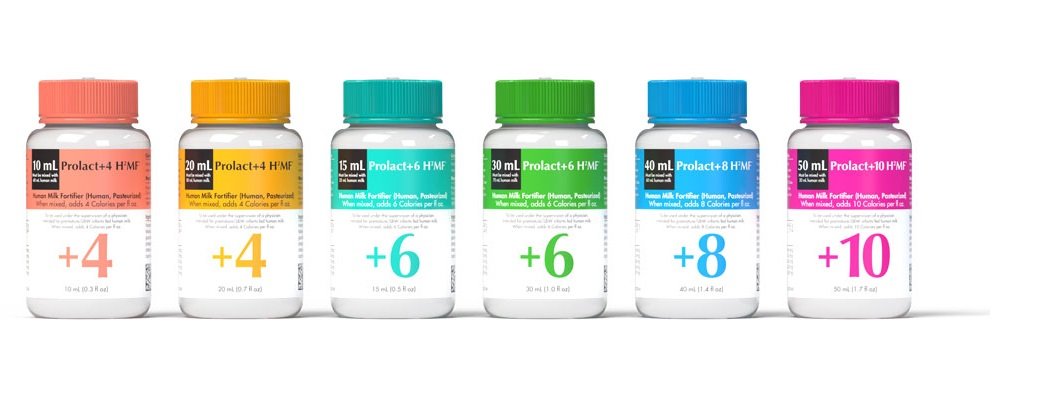Tell us how we can help
Coding, billing, and reimbursement questions
Get a custom cost-based analysis
Contact a health economic specialist
The clinical complications of prematurity have a significant financial impact.
| Complication | Average costs per patient (USD) |
|---|---|
| Bronchopulmonary dysplasia (BPD) | $31,565 1 |
| Late-onset sepsis | $10,055 1 |
| Retinopathy of prematurity (ROP) requiring surgery | Up to $35,7492 |
| Patent ductus arteriosus (PDA) without surgery | $49,457 3 |
| Parenteral nutrition (PN) per day | $1,436 4 |
| Medical necrotizing enterocolitis (NEC) | $74,004 5 |
| Surgical NEC | $198,040 5 |
Costs vary by hospitals. That’s why our certified health economics consultants are available to customize an analysis specific to your hospital. Complete the form below to start that process or call 1.888.776.5228.
A study* published in the journal Breastfeeding Medicine found that an EHMD including Prolacta’s fortifiers, resulted in adjusted cost savings for medical NEC** and surgical NEC, over and above the average, of $74,004 and $198,040 per infant, respectively. The infants in the EHMD group also had lower expected costs of hospitalization, resulting in net direct savings of $8,167.17 (USD) per infant.5
Another study published in the Journal of Perinatology found 4.5 fewer days of hospitalization for very low birth weight (VLBW) infants receiving Prolacta’s products as part of an EHMD compared to VLBW infants receiving cow milk-based fortifiers.6
Prolacta’s products help decrease the overall cost of care for VLBW infants when used as part of an EHMD in the NICU. Despite the added cost of donor human milk and donor milk–derived fortifiers, an EHMD is cost effective.6

Implementing an EHMD can prevent costly health complications in premature infants and save the hospital money. Reach out to our health economics consultants who can help review your revenue cycle management and the use of an EHMD, as well as address billing and reimbursement topics such as:
Coding, billing, and reimbursement questions
Get a custom cost-based analysis
Contact a health economic specialist